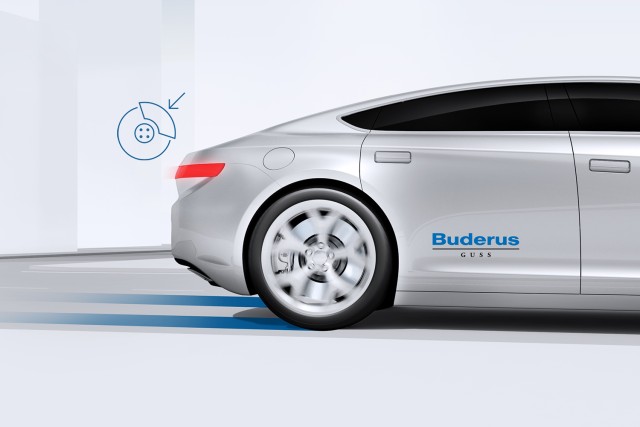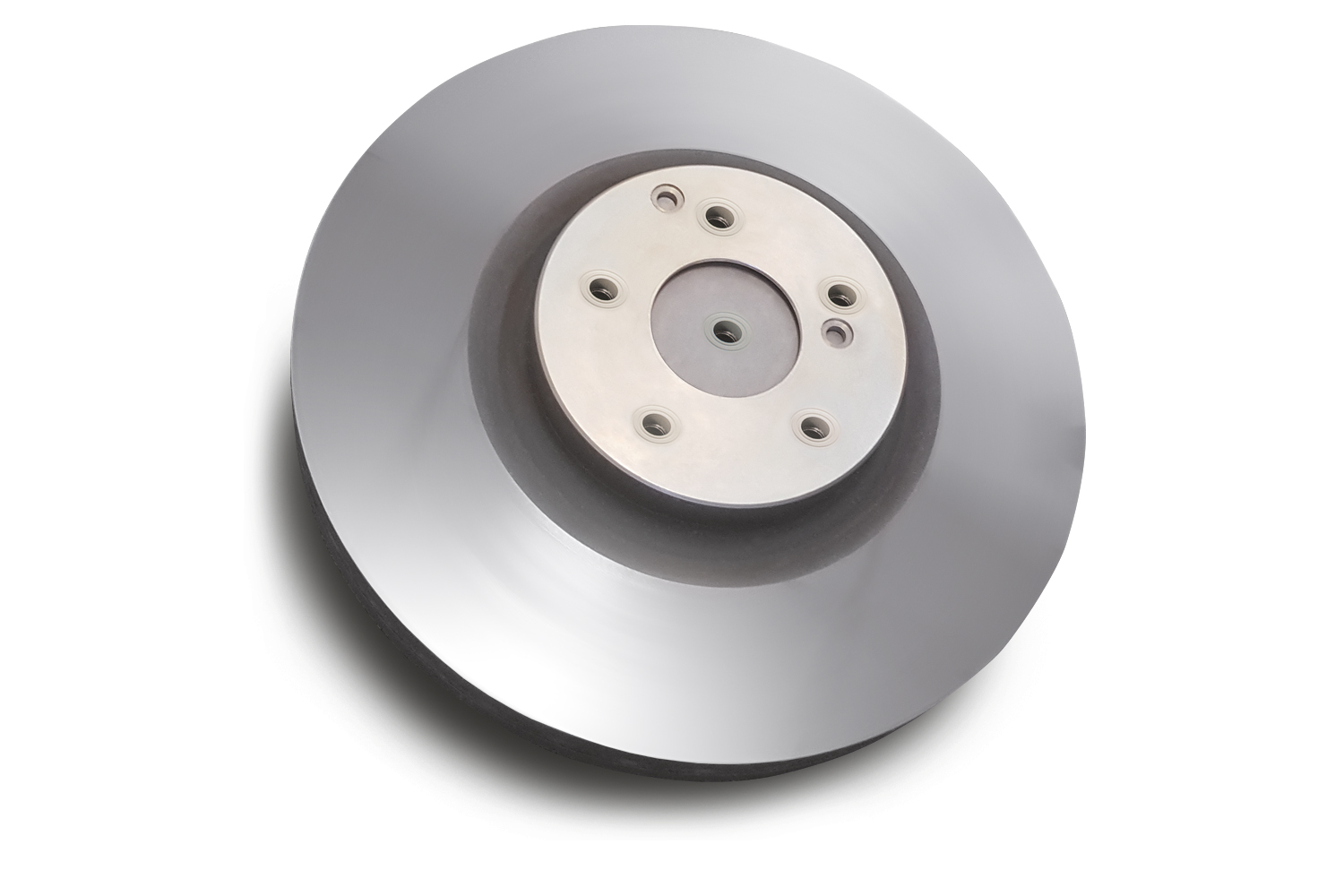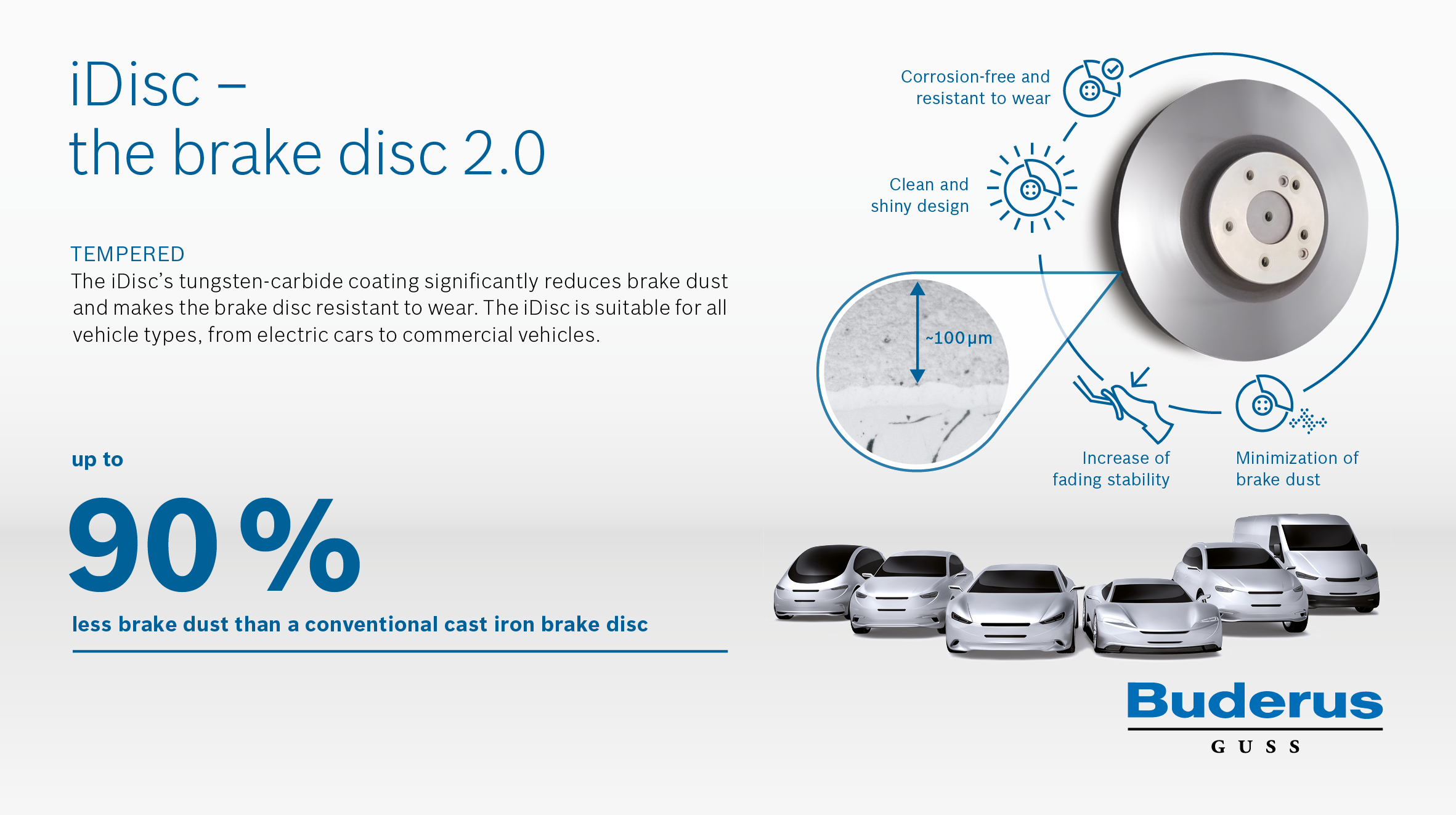Stuttgart and Breidenbach, Germany – Guardian angels have many faces. Perfectly round, the size of a plate, and thick as a thumb, the brake disc is one of them. Long before ABS, ESP, airbags, and other features, they were making driving safer and significantly shortening stopping distances, thereby helping prevent many traffic accidents. Today, however, there is another reason why brake discs are at the center of public attention: brake dust. Most particulate pollution from road traffic is caused by road, tire, and brake wear rather than fuel combustion. According to the Baden-Württemberg state environmental agency, brakes and tires are responsible for 32 percent of driving-related particulate emissions, roughly half of which is brake dust. Significantly reducing brake dust is therefore essential to improving the air, especially in cities. That is precisely why the Bosch subsidiary Buderus Guss has developed the iDisc. Compared to a conventional brake disc, it generates up to 90 percent less brake dust. “It’s not just under the hood that Bosch is working to keep the air clean,” says Dr. Dirk Hoheisel, whose areas of responsibility on the Bosch board of management include Buderus Guss. “The iDisc is the brake disc 2.0. Its market potential is tremendous.” The iDisc is scheduled to go into production for a European manufacturer in November 2017.
iDisc is turning the brake disc market upside down
The unique selling point of the iDisc (the “i” stands for innovation) is a tungsten-carbide coating that is currently only available from Buderus Guss. The technology is based on a conventional cast iron brake disc. Every year, the Bosch subsidiary produces up to 20 million of these discs at its German locations in Breidenbach and Ludwigshütte. To transform a conventional disc into an iDisc, the friction rings are mechanically, thermally, and galvanically treated before being coated. All this is part of a process developed by Buderus Guss and Bosch researchers over a period of many years. In terms of price, the iDisc is roughly three times more expensive than a normal cast iron brake disc, and three times less expensive than a ceramic brake disc. The price is likely to continue falling as production volume increases. “The iDisc has everything it takes to replace the conventional cast iron brake disc and become the new standard in the brake disc market,” says Gerhard Pfeifer, managing director of Buderus Guss. “Given the continued particulate pollution debate in many countries and large cities around the world, there is nothing standing in the way of its breakthrough” – especially since brake discs will be needed in cars for decades to come, and production volumes are continuing to rise. For cars alone, demand for brake discs stood at more than 330 million units worldwide in 2016.
No gouging marks, no rust
Another argument in favor of the iDisc is its many positive qualities. In addition to a dramatic reduction in brake dust, the carbide coating also ensures greater operating safety. The braking performance is similar to that of a ceramic brake, especially when it comes to fading, as the reduction in stopping power following repeated braking maneuvers is known. Like a ceramic brake disc, the iDisc is highly stable in this respect and loses little deceleration performance. Wear is also significantly reduced. Depending on the strength of the carbide coating, the iDisc’s service life is twice that of a normal brake disc. Gouging marks on the friction ring? Not a chance. Corrosion is also not an issue – a major advantage, especially in electric cars. Because they recover braking energy in a process known as recuperation, electric cars put less strain on the brakes and often have to contend with rust formation on friction rings. The temporary slight decline in responsiveness during braking associated with this does not occur with the iDisc.
Dirty rims are a thing of the past
Fans of rims will also love the iDisc. The brake disc’s shiny carbide coating makes it a treat for the eyes. Wear-resistant and corrosion-free, it remains beautiful even after years of use, making it a perfect match for the trend toward open rims. Best of all, the 90 percent reduction in brake dust with the iDisc eliminates the need to regularly clean rims with aggressive cleaning products. Protecting the environment can also have practical benefits.






